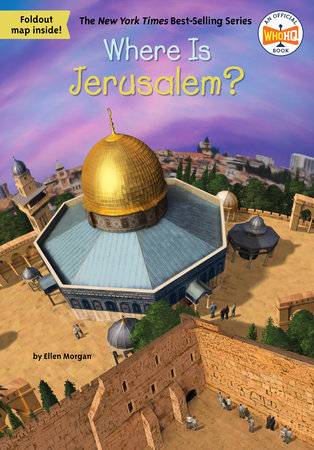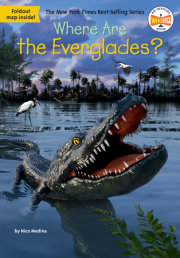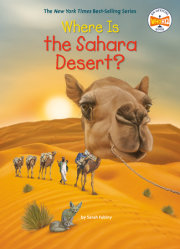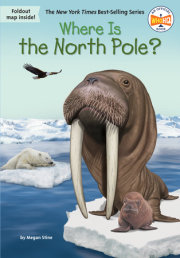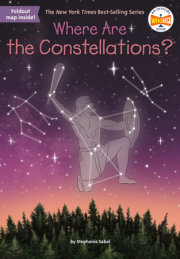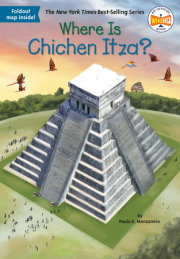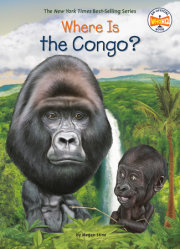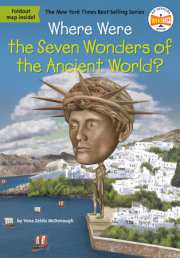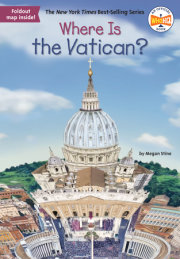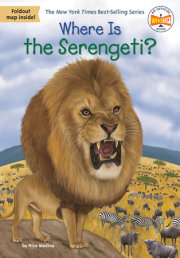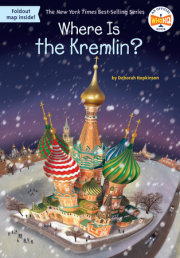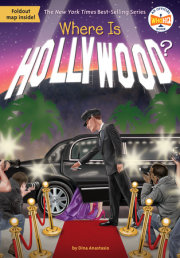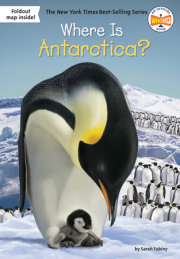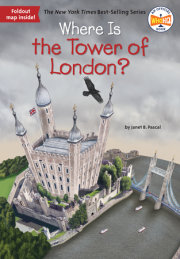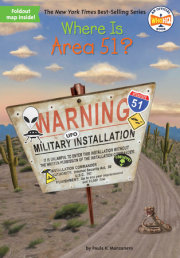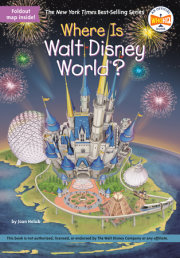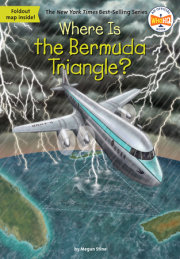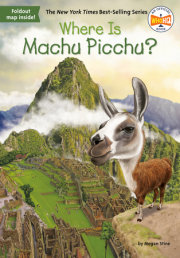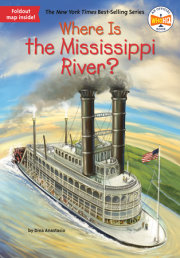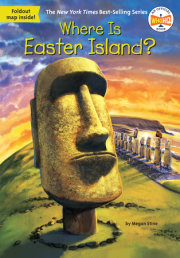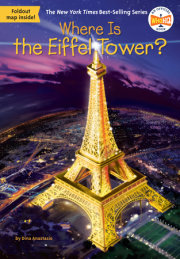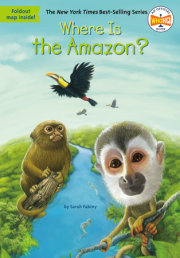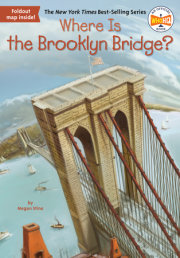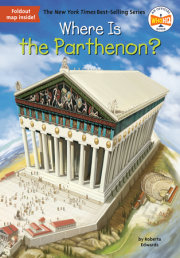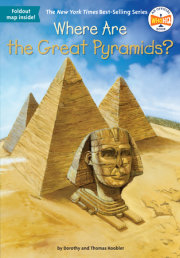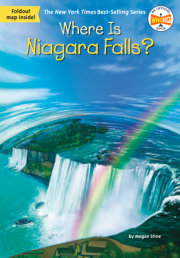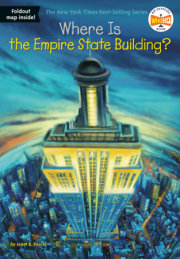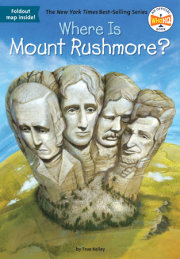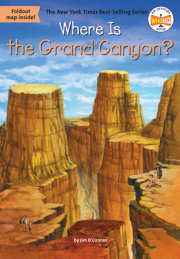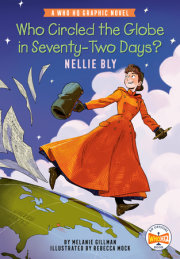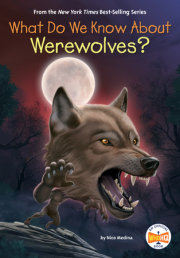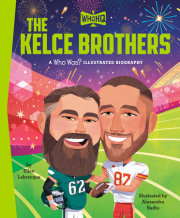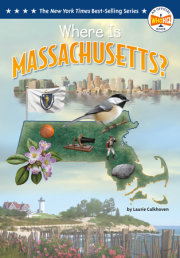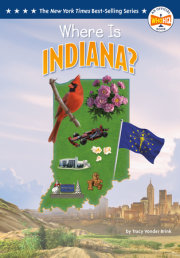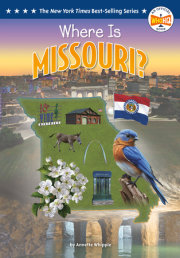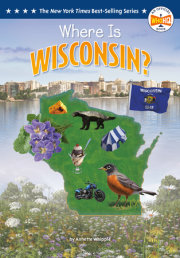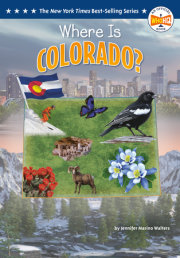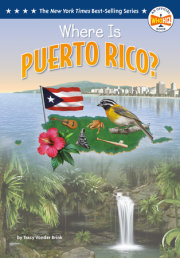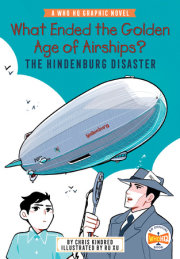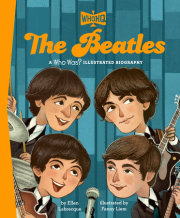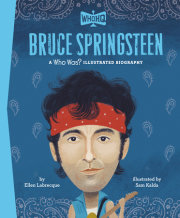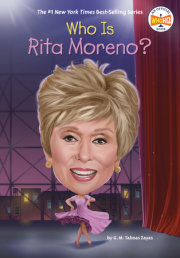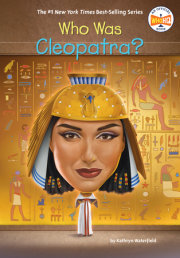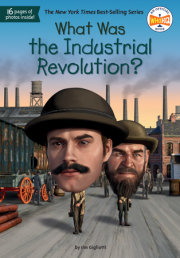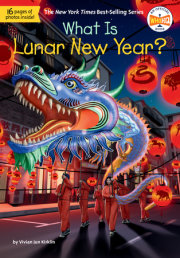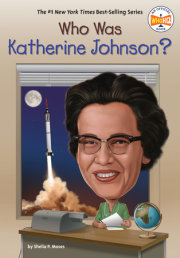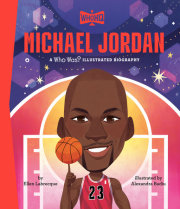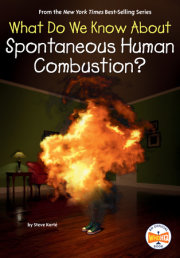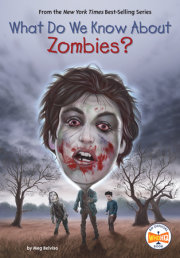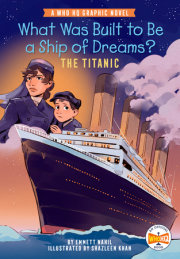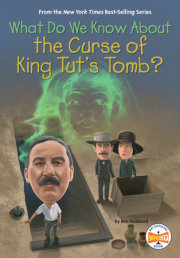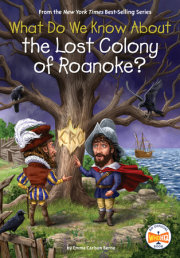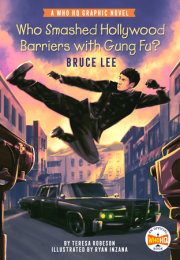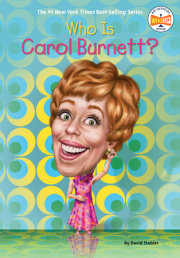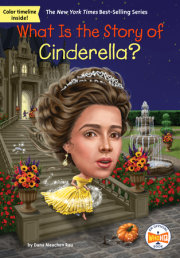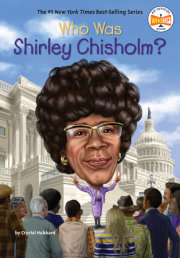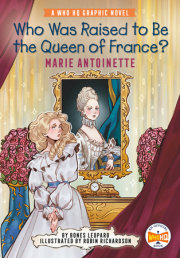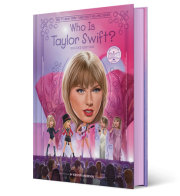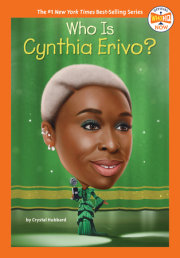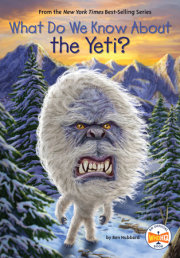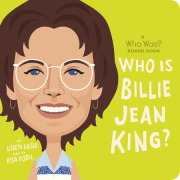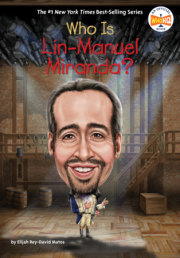Where Is Jerusalem? On December 21, 2008, just outside the walls of Jerusalem’s Old City, a group of people were hard at work. They were looking for clues to Jerusalem’s past. They dug with spades. They carted off dirt in buckets. They brushed away debris.
One of the people had come to Jerusalem on vacation. She was helping out at the dig for a month. While she was working by a wall of an old house that had fallen down in the 600s CE, she moved a large rock. Under it was a real-life treasure!
She, a tourist, had found 264 gold coins!
One side of each coin showed the face of an emperor. The other had a cross. At the time when the coins were made, Jerusalem was under Christian rule. The coins had probably been inside a niche in the wall. After the building fell down, the coins were buried. And there they remained, untouched, for 1,400 years.
Only a few years before this find, no one knew the spot of the dig was so special. It was an ordinary parking lot. Kids played soccer there when the lot was empty.
In 2005, the city had made plans to replace the parking lot with a large building and an underground garage. Soon after the work started, it came to a stop. While digging the garage, workers found remains of the ancient city. Out went the construction trucks. In came the archaeologists—scientists who learn about the past by digging it up.
Jerusalem is one of the oldest cities in the world. That accounts for why discoveries like this happen. Jerusalem is like a giant layer cake of history. The city has been destroyed and rebuilt many times. It was ruled by one empire after another, by Jewish kings, Roman governors, and Muslim leaders. New buildings were built on top of the ruins of old structures. New streets were laid over old ones; new buildings were constructed using stones from older ones.
A former parking lot is now the biggest active dig site in Jerusalem. Only fifty feet below where buses once parked are traces of what life was like more than a thousand years ago. One of the layers included a market from the ninth century CE. Another had remains of a mansion that may have belonged to a queen. And below the mansion was a Roman villa from the first century!
The ancient city lies under the modern city. Jerusalem’s history lies hidden below where people live and play and eat and walk every day.
In Jerusalem, secrets are just waiting for someone to find them.
Chapter 1 Old Versus New Besides being one of the oldest cities in the world, Jerusalem is also one of the most important. It’s located in Israel, a small, narrow country in the Middle East. On many old maps of Canaan—the area known today as Israel, Palestine, and Syria—Jerusalem is shown at the crossroads of Africa, Asia, and Europe. This central location made it a city where people mingled, where trades were made, and where cultures collided.
Israel’s government meets in Jerusalem. There is a court system, elected representatives, and a president. In the way the president of the United States lives at the White House in Washington, DC, Israel’s president lives at the President’s Residence in Jerusalem. The representatives meet in the Knesset.
Jerusalem sits on a hill. Valleys surround it, with more hills climbing above the opposite sides of the valleys. Around one million people live there today, and even more come to visit. It draws over four million tourists a year.
Tucked within Jerusalem is the Old City, an area enclosed by walls that are fifty feet high and five hundred years old. Until the nineteenth century, just about everyone lived within the Old City. Its winding alleys and steep stairs make some people feel like they are in a maze.
Many streets are crooked and narrow. Buildings are made from the local rock. In fact, a modern law states that new buildings have to use this limestone. It’s soft and white when it’s first dug up. Over time, with sun and rain, the limestone becomes harder and turns a golden color. From afar, Jerusalem looks like a shining city on a hill.
The Old City is divided into four quarters. The Christian Quarter, the Muslim Quarter, and the Jewish Quarter got their name from the religions practiced by most of the people living in each quarter. The fourth quarter—the Armenian Quarter—is the smallest, with around two thousand residents. Their family roots originated in Armenia, a country about eight hundred miles northeast of Israel.
The Old City is small, less than half of one square mile. So, as more people came to live in Jerusalem, they settled outside the Old City to the west. This area—now called Modern Jerusalem—includes lots of restaurants, stores, clubs, and hotels.
Old and New Jerusalem is an old city, but also modern. Old buildings stand near new luxury hotels, built to meet the demands of a booming tourist business. And in other parts of Israel, mostly near the coast, areas are known for electronics and the tech industry, while another area is known for an ancient profession, the diamond trade. Most tourists come to Jerusalem to see the Old City. That is because the Old City is an important site for three of the world’s oldest religions: Judaism, Christianity, and Islam. Three of their major holy sites dominate the landscape, rising above the rooftops.
Jewish people pray at the ancient Western Wall. Muslims flock to the Dome of the Rock, an Islamic shrine. Christians come to a huge complex known as the Church of the Holy Sepulchre.
Muslims, Jews, and Christians agree that Jerusalem is a holy city, a sacred place. Unfortunately, its long history has often been violent. It remains a place of unrest. Conflicts between followers of different religions sometimes end in bloodshed. The origin of the word
Jerusalem is ancient and unclear, but one Hebrew translation is
City of Peace. In today’s world, peace often feels very far away.
Three Books Judaism, Christianity, and Islam each have a holy book—the Torah, the Bible, and the Qur’an, respectively. The books share some of the same stories. Some of the same people, like Moses, Abraham, and David, appear in all three. All three religions believe in only one God. But there are some differences between these books and the beliefs of the people who read them.
The Torah contains God’s teachings to the Jewish people. It begins with the creation of the world and ends with the death of Moses. A traditional Torah is handwritten on a scroll. The Hebrew Bible includes the Torah as well as other books of Jewish writings and history, such as Job, Esther, and Psalms.
The Christian Bible has two sections. The Old Testament includes the Torah and tells of things that happened before Jesus was born. The New Testament tells the story of Jesus and his followers.
To Muslims, their holy book, the Qur’an, is the word of God. The angel Gabriel dictated it directly to the great prophet (teacher) Muhammad. The Qur’an contains prayers, history, and a promise of Paradise.
Copyright © 2024 by Penguin Random House LLC. All rights reserved. No part of this excerpt may be reproduced or reprinted without permission in writing from the publisher.





